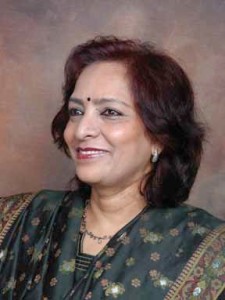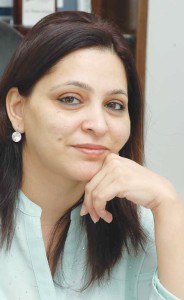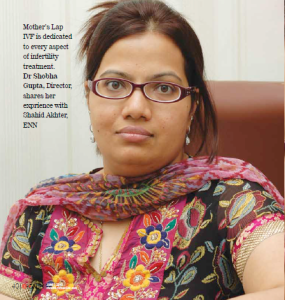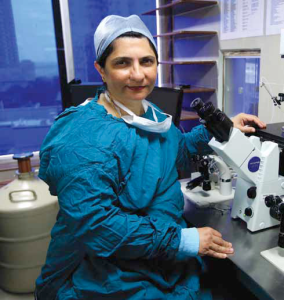
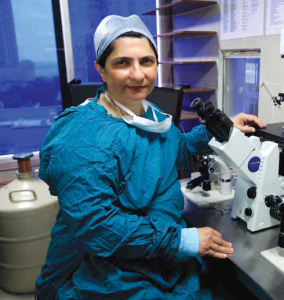 Dr Firuza R Parikh,Director, Department of Assisted Reproduction and Genetics, Jaslok Hospital and Research Centre, Mumbai, discusses the challenges being faced by the IVF industry in India
Dr Firuza R Parikh,Director, Department of Assisted Reproduction and Genetics, Jaslok Hospital and Research Centre, Mumbai, discusses the challenges being faced by the IVF industry in India
Tell us your views on the latest advancements/techniques in IVF technology, and how has the success rate changed with introduction of new treatment modules?
Many advancements in the field of IVF have contributed to its popularity.One such technology is Intracytoplasmic Sperm Injection. This technology allows a single sperm to be injected into the human egg. This technique is particularly useful for men with very low or no sperm, those with low or no sperm motility and those with abnormal shape of sperm. Jaslok hospital had the first pregnancy in South East Asia with this technique way back in 1994. This technique has revolutionized the treatment of male factor infertility. Since then we have introduced many other novel techniques like Laser Assisted Hatching where a laser guided opening is made in the shell of the embryo in order to allow the embryo to hatch and implant in the womb.
This technique is useful for older women undergoing IVF/ICSI. More recently at Jaslok, we have perfectedthe technique of magnifying a single sperm 6000 times in order to select sperm with good morphology for ICSI. This technique is called IMSI or Intracytoplasmic Morphologically Selected Sperm Injection. This technique is particularly useful for those couples where the male partner has severe abnormalities of sperm structure and in those couples who have failed ICSI cycles in the past. Currently we are helping couples who are carriers of genetic diseases to have healthy children using the technique of Preimplantation Genetic Diagnosis (PGD). In this technique a single cell is removed from the developing embryo using micro manipulation techniques.This cell is then uated for genetic defects. If the cell is healthy then that embryo is transferred into the mothers womb resulting in a healthy pregnancy.We established the first PGD lab in India way back in 1999.
Today we are setting up a more sophisticated lab to help couples afflicted with single gene disorders such as B thalassemia. We will also have the ability to test the embryos for other diseases such as sickle cell anaemia, Duchennes Muscular Dystrophy and other neurological conditions.

|
If the Government were to make concerted efforts in standardising locally manufactured medication, there would be a dramatic fall in the cost of IVF |
How has the cost of technology changed over the years, do you expect the technology to become more affordable in the coming years?
The cost of technology has not shown a downward trend. This is because IVF technology depends on imported equipment and disposable items which are not manufactured to perfection in India. Also the hormone injections are imported. All these attract duty, the cost of which has then to be passed on to the patient. Unless these items are exempt from duty, I do not see how the cost can be brought about effectively without compromising on quality.
The availability of drug,equipment and media has been a challenge for many practitioners. Tell us your views on the availability and cost of these in current times?
The Indian Government can make IVF more affordable and cost effective if some of the customs duty that IVF equipment, instruments and disposables incur is removed or reduced.This reduction in cost can be passed on to the infertile couple thus helping them to try IVF several times more successfully.
The import of hormone medication is the only way forward currently as many local brands currently available may fall short of international standards.If the Government were to make concerted efforts in standardizing locally manufactured medication, there would be a dramatic fall in the cost of IVF.
From the doctors perspective,we can make IVF more affordable by pooling IVF cycles in the same time period, adhering to rotocols and keeping our patients interests at heart at all times.

The options that IVF offers is very exciting for the patients and has led to increase in demand for designer babies and sperm bank. Tell us your views on the demand for the same in India?
The word designer babies is a misnomer and in reality a designer baby does not exist. It is a word to be used with caution because it can imply that a baby can be created at the whims and fancies of the doctor and the couple.
The only scientific application of a designer baby is the one I have discussed using the application of PGD. In this technology a genetically healthy baby is the goal, particularly when the parents are carriers of diseases such as chromosomal abnormalities and single gene disorders.
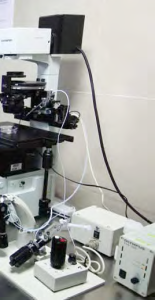 Every reputable IVF clinic will have its own sperm bank. Although couples have some preferences for their baby, most of these are limited to their babys complexion, height and built. IVF practitioners should not encourage couples asking for traits such as beauty, coloured eyes or a baby of a particular gender. This would cause unwanted hype and is detrimental to the interests of a couple.
Every reputable IVF clinic will have its own sperm bank. Although couples have some preferences for their baby, most of these are limited to their babys complexion, height and built. IVF practitioners should not encourage couples asking for traits such as beauty, coloured eyes or a baby of a particular gender. This would cause unwanted hype and is detrimental to the interests of a couple.
The Indian Society for Assisted Reproduction (ISAR) has been a key driver for promotion of ART. Tell us some of ethical guidelines that have been laid down for IVR lately to address unwarranted public outcry.
ISAR was started in the early 90s to gather like minded professionals in the field of ART so that IVF could be promoted and taught in a scientific way in our country. I was the President of ISAR from 2002 to 2005 and was also on the drafting Committee for Guidelines for the practice of ART in India which was set up by the ICMR. These guidelines have described gold standards for IVF in our country.These include the type of equipment to be used, methods of uation of the infertile couple and to the selection of the egg and sperm donor. Bodies like ISAR and FOGSI need to work very closely with ICMR so that a gold standard in IVF is set up and the same standard of care is available from Kashmir to Kanyakumari.
Guidelines involving the surrogate mother and intended parents need to protect the surrogate mother, the intended parents and the child.
Be a part of Elets Collaborative Initiatives. Join Us for Upcoming Events and explore business opportunities. Like us on Facebook , connect with us on LinkedIn and follow us on Twitter , Instagram.



